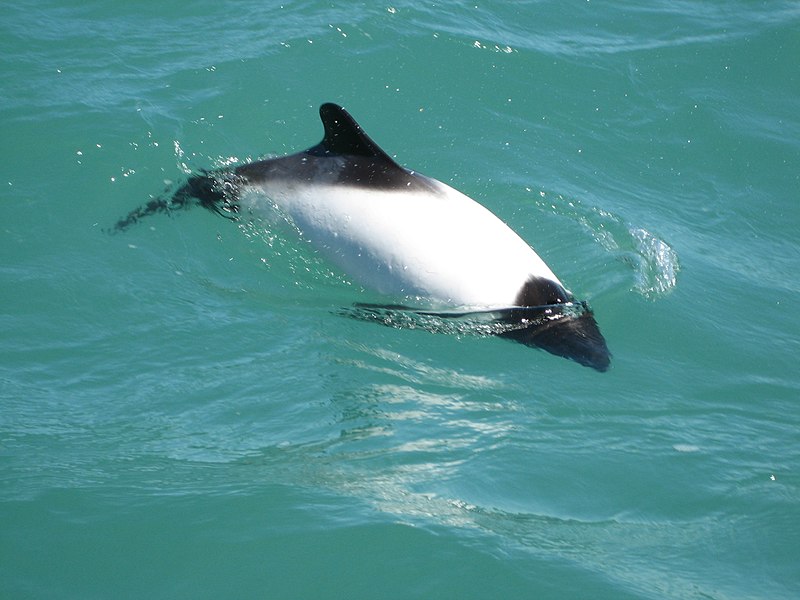
Panda Dolphin Facts
- Firstly, the Panda Dolphin serves as the common name for the visually quite distinctive Commerson’s Dolphin. Further, this remarkable species is actually divided into two distinct sub-species.
- The mammal was also first described by the French naturalist, Philibert Commerson. This occurred in 1767, subsequent to his sighting of the surprising cetacean in the Strait of Magellan.
- Furthermore, unlike many related species, it appears to still have a stable population. Therefore, the IUCN presently lists it as a Species of Least Concern. However, this could change if climatic deterioration continues unabated.
- In addition to the obvious danger from climate change, it also faces other threats. Quite sadly, its tendency to stay near the shore in its range often leads to its accidental trapping in gill nets.
Related Articles
Panda Dolphin Physical Description
Most notably, physical differences understandably exist between the two subspecies of the Panda Dolphin. But, equally understandably, numerous similarities between the two also exist as well.
Firstly, the head, fluke, and dorsal fin appear as black in one subspecies. Also, the rest of the body presents as a bright white. Meanwhile, in the other subspecies, dark parts appear as gray, and the body displays a light gray instead of white.
Additionally, the one with the black markings reaches a length of about 5 ft (1.5 m). The other, however, grows slightly longer. But, though longer, the division between the dark and light sections remains less sharp.
Finally, both subspecies display a small degree of sexual dimorphism. But in its case, it is difficult to spot. That’s because it consists of a difference in the size of black blotch on the stomach. Among males this has a teardrop shape, while on females it appears more rounded.
- Kingdom: Animalia
- Phylum: Chordata
- Class: Mammalia
- Order: Artiodactyla
- Family: Delphinidae
- Genus: Cephalorhynchus
- Species: C. commersonii
Panda Dolphin Distribution, Habitat, and Ecology
First of all, a somewhat unusual distribution pattern exists for the gorgeous Panda Dolphin. That’s because the two subspecies each inhabit rather restricted ranges, situated roughly 2,000 mi (3,200 km) apart.
The more populous of the two lives near South America. More precisely, it inhabits waters near Tierra del Fuego, the Falkland Islands, the Straits of Magellan, and the occasional inlet near the shore of Argentina.
Meanwhile, the other subspecies appears to only inhabit the waters near the Kerguelen Islands. This sits in the southern portion of the Indian Ocean. However, just like the other, it prefers to inhabit the shallow regions.
Also like other varieties of dolphin, it remains a highly active creature. It often makes great leaps from the water, usually accompanying this with great twists and spins. It also loves to swim in the wakes of boats.
Further, as is the case with all dolphins, it has a strictly carnivorous diet. Individuals mostly feed on various small fish and squid. However, the animal occasionally supplements this diet with the addition of small crustaceans.
Species Sharing Its Range
Check out our other articles on 5 Incredible North American Islands, Oilbird, Prohodna Cave, Harlequin Flower, Golden Armadillo Lizard, Vietnamese Mossy Frog, Striped Possum
